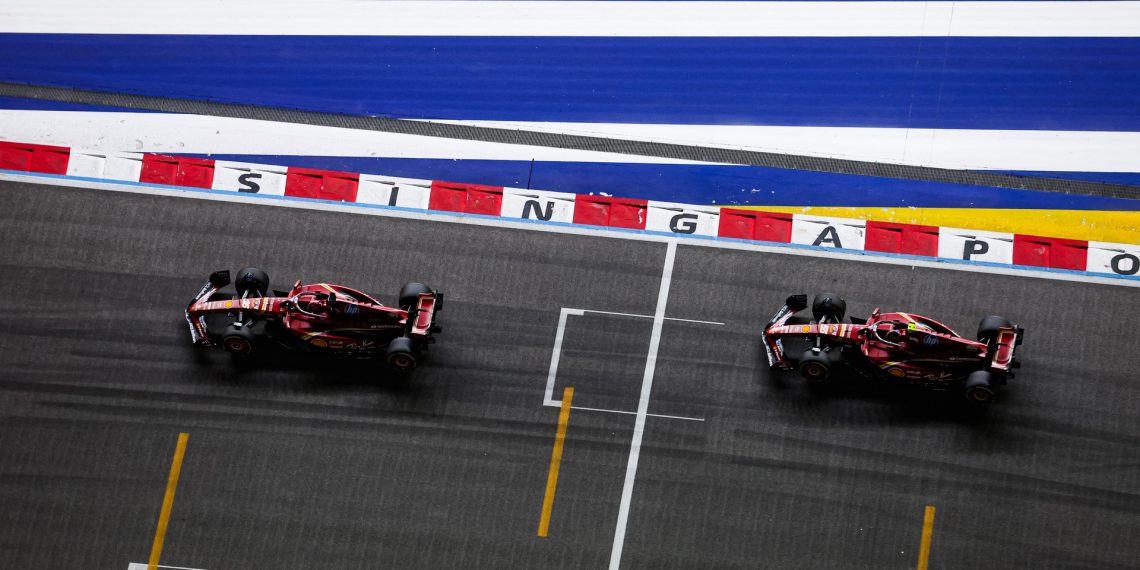The world of Formulation 1 is changing into more and more technological and centered on simulation testing to scale back on-track testing prices. For that reason, groups and drivers spend rather more time in simulators to arrange the vehicles. Along with simulation instruments, groups use wind tunnels to confirm the aerodynamics of the vehicles, with Ferrari set to introduce a model 2.0.
In current weeks, there was a variety of speak about Ferrari’s behind-the-scenes work to replace the wind tunnel. It is a essential facility for validating the CAD designs of the groups and has been a benchmark for technological degree over time. We’re speaking in regards to the futuristic ring construction positioned exterior the gates of the “new” Ferrari entrance. This closed-loop configuration permits the Scuderia to take pleasure in numerous benefits, together with improved air circulate high quality and consequently a better capability for simulations. Certainly, in these services, it’s simpler to implement the well-known transferring belts and different components to make the simulation as real looking as attainable.
It is a elementary requirement given the continual discount in obtainable checks to attempt the vehicles in actual situations. For that reason, Ferrari, McLaren, Aston Martin, and plenty of different groups are investing of their wind tunnels, regardless of the Finances Cap. It’s an especially highly effective simulation software, regardless of some pace limits imposed by rules.
In current weeks, Ferrari has been diligently engaged on its wind tunnel to attempt to refine sure ideas and introduce new ones. One of the vital necessary is that of the transferring belt, which, like McLaren, has been optimized to greatest replicate the situations of the monitor, whether or not clean or uneven. This intervention, if confirmed, would enable Ferrari to higher simulate setups even on bumpy circuits just like the 5.513-kilometre Circuit of The Americas in Austin by means of meticulous mapping.
The transferring belt permits all groups to copy “rolling highway” situations together with the wind motion impacting the automobile. The automobile mannequin itself can transfer round its yaw axis (vertical). The belt, just like the wind generated by the fan, can attain a most pace of 180 km/h and a most acceleration of 4.5 m/s². This pace suits inside a collection of restrictions associated to the mannequin’s actions, as specified within the sporting rules.
The mannequin’s wheels can rotate round their very own axes.
The bottom clearance and roll angle can fluctuate relative to the bottom aircraft.
The steering of the entrance wheels and the yaw angle relative to the airflow may be adjusted.
Modifications in floor clearance on the entrance or rear axle should not exceed the equal of 0.033 m/s for a full-size automobile.
Rotation across the yaw or roll axes is proscribed to a most pace of 1.0 diploma/second.
Among the many different interventions accomplished by Ferrari, there could also be new partitions and a brand new ceiling to attempt to replicate as many situations as attainable. Moreover, as a closed-loop wind tunnel, the Scuderia might have applied new administration of the airflows getting into the check chamber. All interventions aimed toward managing and enhancing the cleanliness of the airflows impacting the automobile. Nonetheless, air streams can’t be conditioned earlier than impacting the automobile to keep away from creating recirculating flows associated to the bottom or mannequin.

Supply: f1ingenerale



